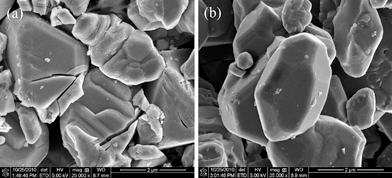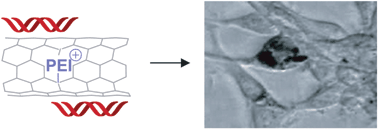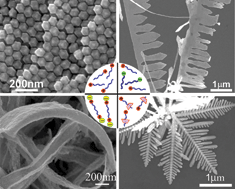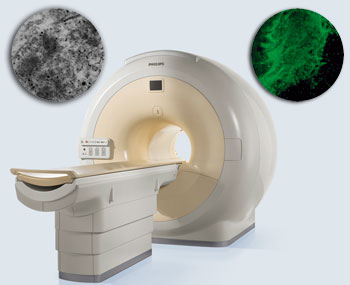 New Nanoscale Communication
New Nanoscale Communication
Dongsheng Guan, Judith A. Jeevarajan and Ying Wang
Nanoscale, DOI: 10.1039/c0nr00939c
A group of scientists in America have developed a method to put an Al2O3 ‘nano-coating’ on LiMn2O4 cathodes, which results in significantly enhanced performance of the cathode. They claim that this method can be generalised to other electrode materials and a variety of surface coatings in order to significantly improve battery performance.
LiMn2O4 has been widely investigated for use in lithium-ion batteries due to its unique advantages such as high specific capacity and output voltage, and the fact that it is low-cost, abundant and environmentally friendly. However, LiMn2O4 does suffer from a critical problem: it is unstable in the presence of electrolytes and suffers from capacity degradation during cycling. This seriously limits the practical applications of an otherwise very promising material.
Ying Wang and his co-workers used atomic layer deposition (ALD) to deposit the Al2O3 coating on LiMn2O4 cathodes. This method allows fine control over the thickness and conformation of the thin films, and allowed the group to create ultra-thin coatings on the cathodes. Theses ‘nano-coated’ cathodes were then compared with bare cathodes to study differences in electrochemical performance. The group discovered that the Al2O3 coating reduced dissolution of manganese ions from the cathode into the electrolyte, and also reduced decomposition of the electrolyte at the cathode surface. This resulted in a significantly enhanced cycling performance of the LiMn2O4 cathode.
To read more about this study, click here.











 Scientists from the US describe the fabrication of 3D multifunctional energy-storage nanoarchitectures.
Scientists from the US describe the fabrication of 3D multifunctional energy-storage nanoarchitectures. New Nanoscale Communication
New Nanoscale Communication New Nanoscale Feature Article
New Nanoscale Feature Article



